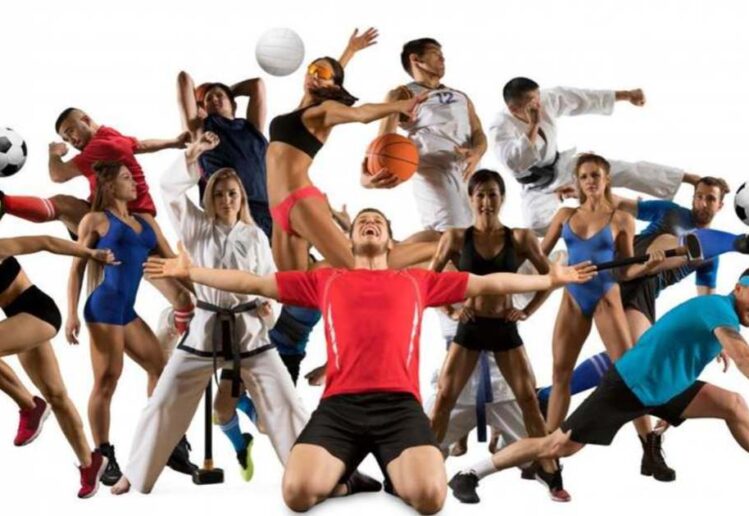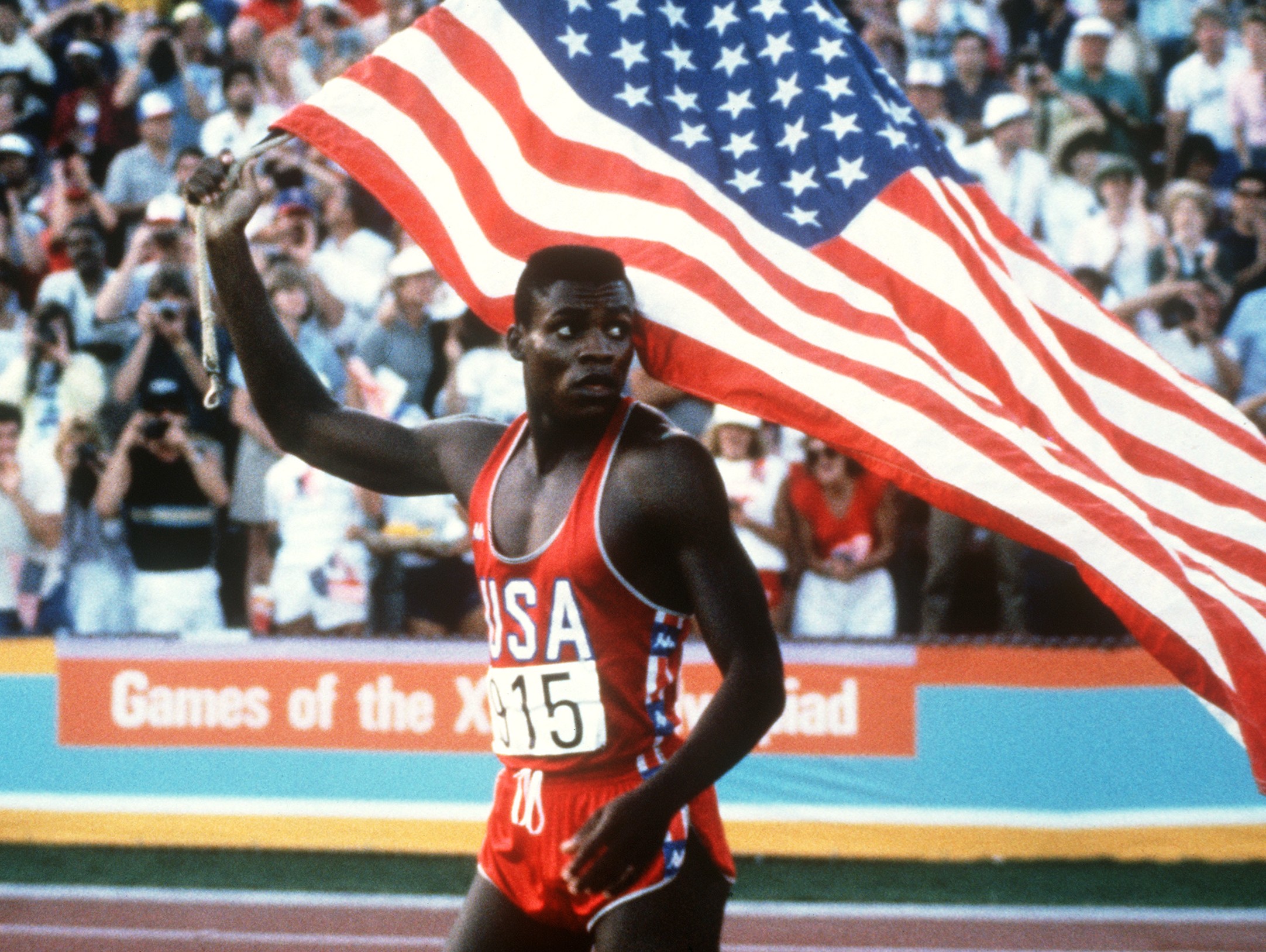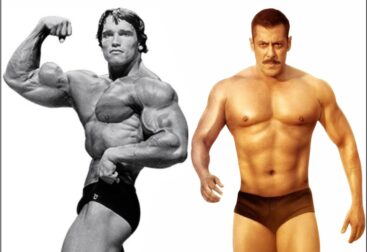A successful program needs to be designed with this balance and the goal in mind. A program that is too general will not properly prepare the athlete, and a program that is too specific (or attempts to be too specific) will also not properly prepare the athlete (an additionally runs the risk of overtraining certain movement patterns which increases the risk of injury). If you are not doing a balanced program, you need to re-evaluate what you are doing. If you need help, find a strength coach that believes in using balanced programs to achieve the best results.
Coaching Responsibilities
It is the duty of the strength and conditioning coach to prepare each athlete to perform at his/her best when it matters the most. In other words, you are there to help athlete’s perform their best and win games and championships. You need to have a relationship with each sport’s coach that is expressed in the design of your programs. You must also share the goal of the sport’s coach-to win games. You should not be there to set records with the strength level of your athletes, or to merely create weight room specialists. You are there to help win. You must do whatever you can to help each athlete prepare to perform and win the games, and ultimately the championship.
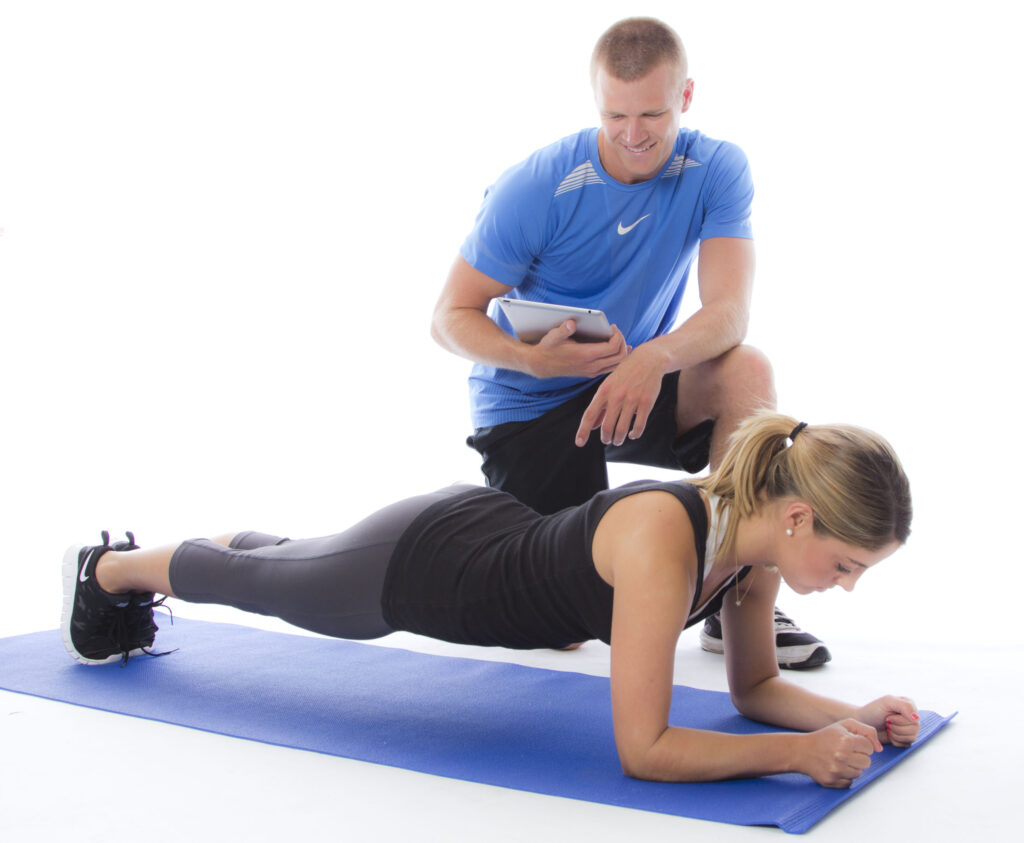
Sports Specific Fitness Components
Health & Fitness Related components
Muscular Strength: Muscular Strength is the maximum amount of force that one can generate in a specific movement pattern at a specific velocity of contraction. The definition used to be more simple–the ability to lift a maximum weight. The new definition reflects more specificity in the nature of a movement where strength is required. When athletes make significant strength gains, muscles fibers (cells) gain size. Weightlifting requires considerable strength, but all sports also require some level of strength fitness.
Muscular Endurance: Muscular Endurance is the ability to sustain submaximal activity for extended periods of time and resist fatigue. Submaximal muscular endurance is the ability to sustain low-intensity muscular contractions for a period of time. High-intensity (strength) endurance reflects the ability to sustain high-intensity muscular contractions.
Cardiovascular Endurance: Cardiovascular Endurance is the ability to perform prolonged aerobic exercise at moderate to high exercise intensities. It is related to the functioning of the lungs, heart, and circulatory system and the capacity of skeletal muscle to utilize oxygen.
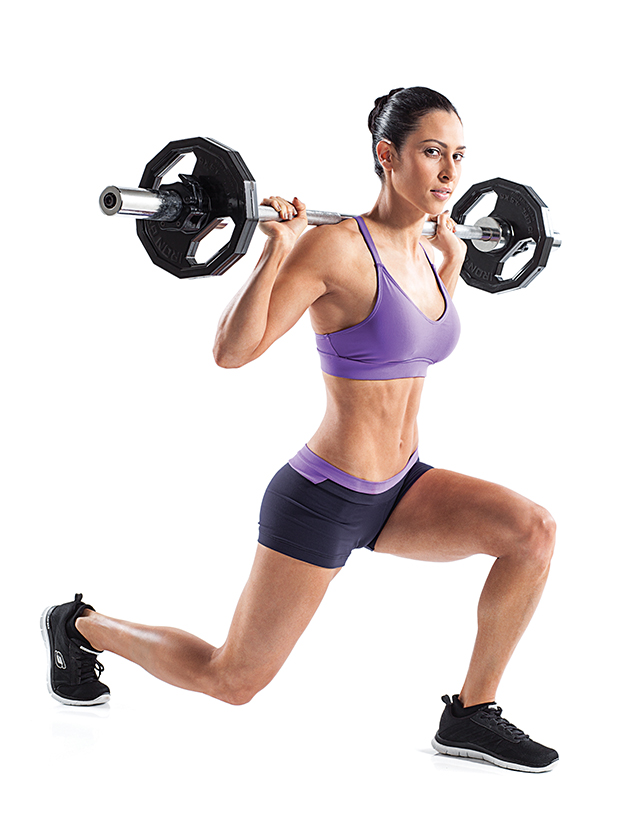
Flexibility: Flexibility is the ability of a joint to move freely through its range of motion (ROM). Gymnastic events require substantial joint flexibility. Various methods of stretching can increase flexibility.
Body Composition: Body Composition is the proportion of fat and fat-free mass (lean body mass) throughout the body. Eating properly and engaging in physical activities are the most effective ways to enhance body composition.
Skill-Related components
Speed: Speed is the ability to perform a motor skill as rapidly as possible. Simply, it is the ability to move quickly, which is an essential quality in many sports. Reaction time is closely related to speed.
Reaction Time: Reaction time is the ability to respond rapidly to a stimulus (cue). Reaction time can be improved by explosive exercise and sport-specific practice.
Agility: Agility is the ability to change direction rapidly without a significant loss of speed, balance, or body control. Agility fitness combines power, strength, balance, flexibility, reaction time, coordination, anticipation, and muscular control. Ability is critical in any sport that requires rapid changes in direction, deceleration, and acceleration, such as basketball, football, and gymnastics.
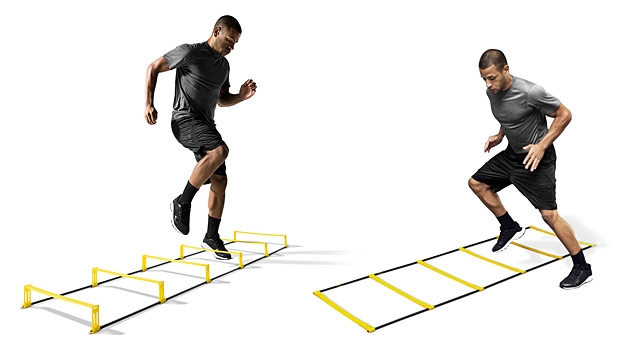
Power: Power is ability to exert muscular strength rapidly. It is the rate of performing work. On the field, power combines speed and strength. Explosive skills require power fitness, which involves exerting force with marked acceleration. Olympic lifting and shot-putting are examples that show a rapid rate of force development.
Balance: Balance is the ability to maintain equilibrium. Balance can be static or dynamic. Static balance means that the athlete is not moving, such as when performing a handstand. Dynamic balance means that the athlete maintains equilibrium while moving, such as in slalom ski events.
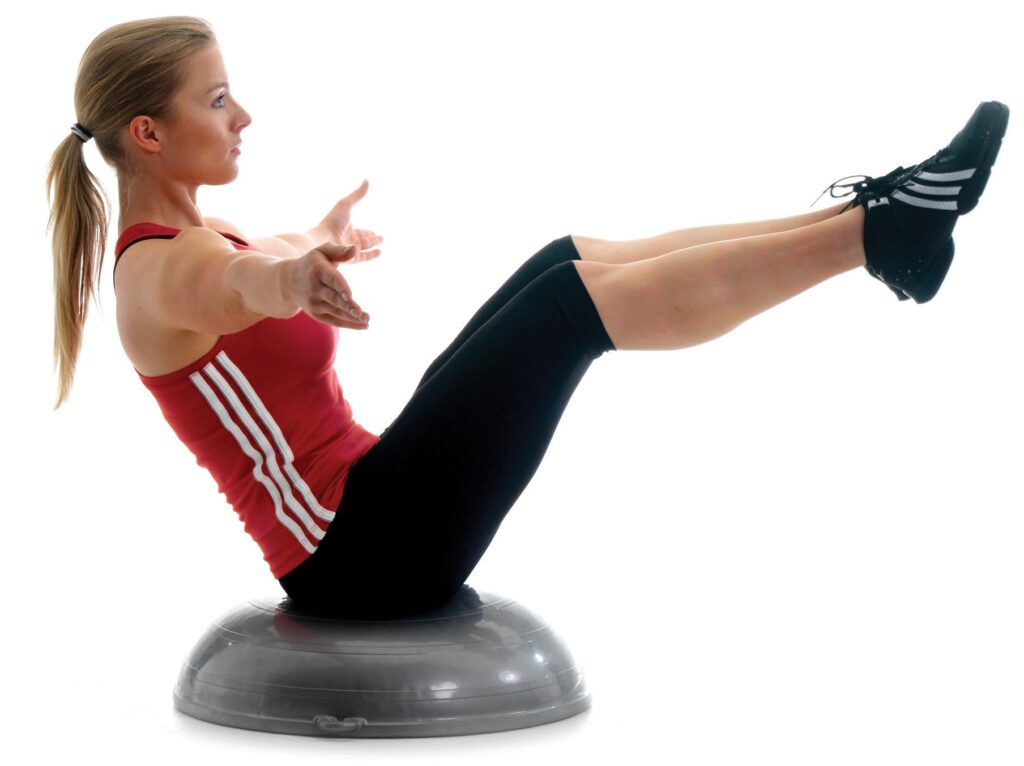
Coordination: Coordination is the ability to move smoothly and efficiently. It is specific to each sport skill. Gross motor coordination means performing large muscle skills, such as running and jumping, with good technique, rhythm, and accuracy.

Dr Saranjeet Singh
Fitness & sports Medicine Specialist
Lucknow

